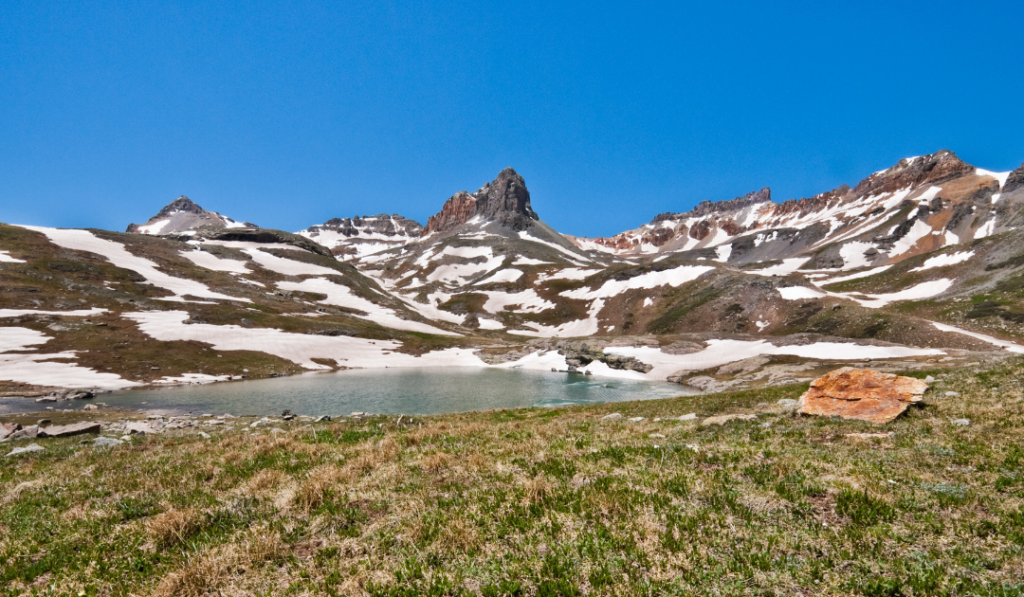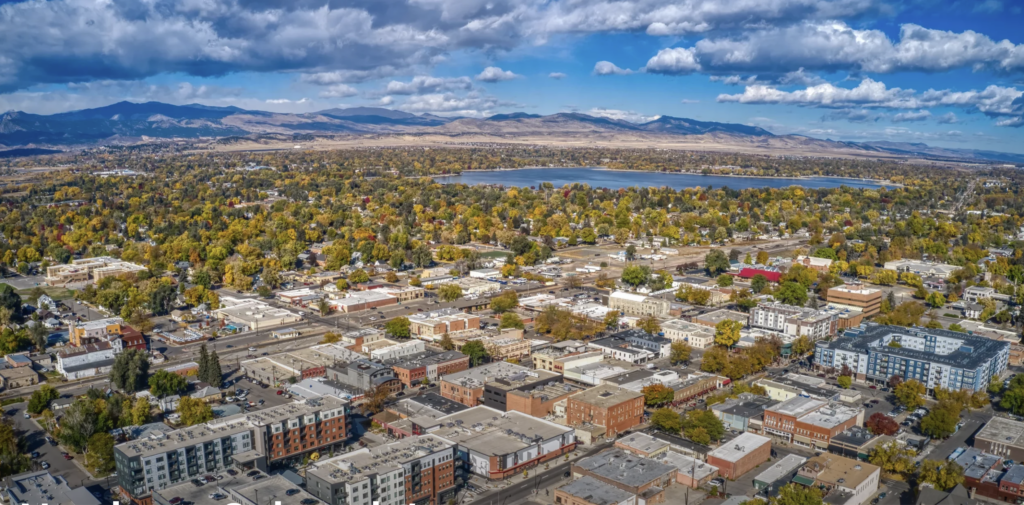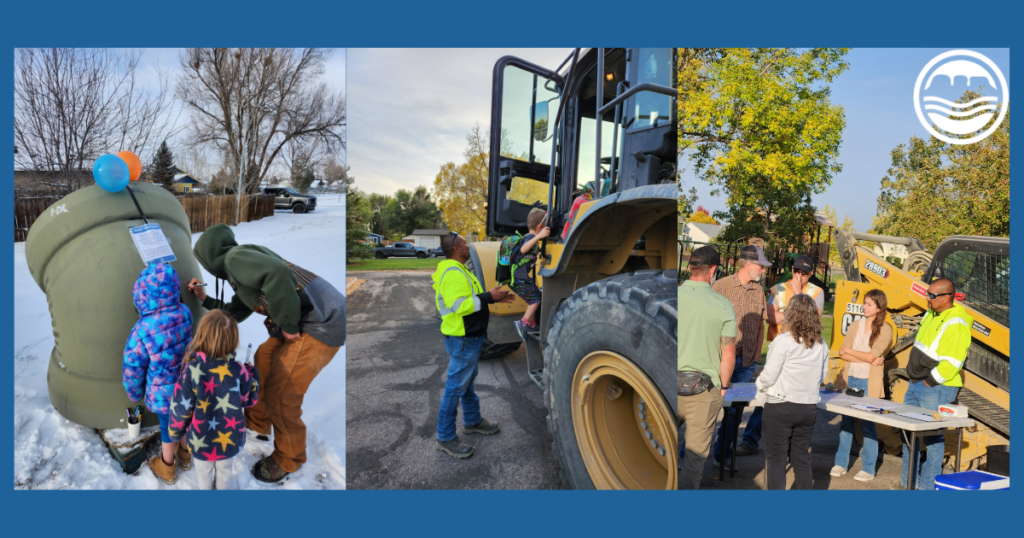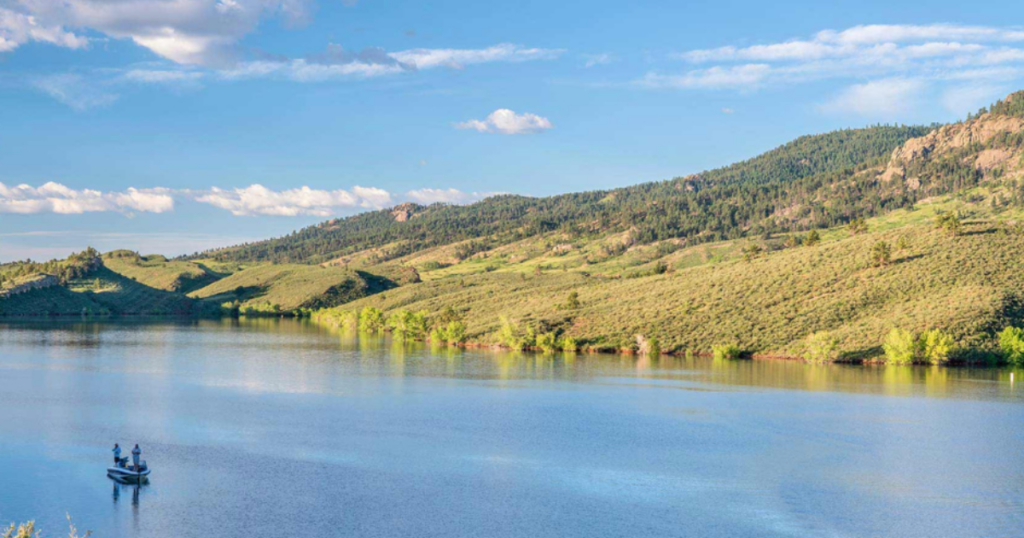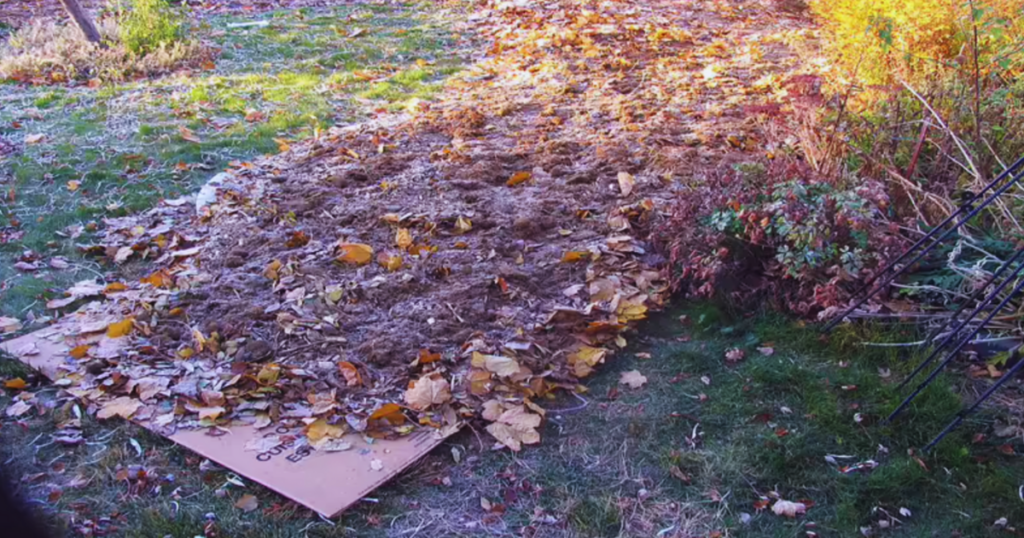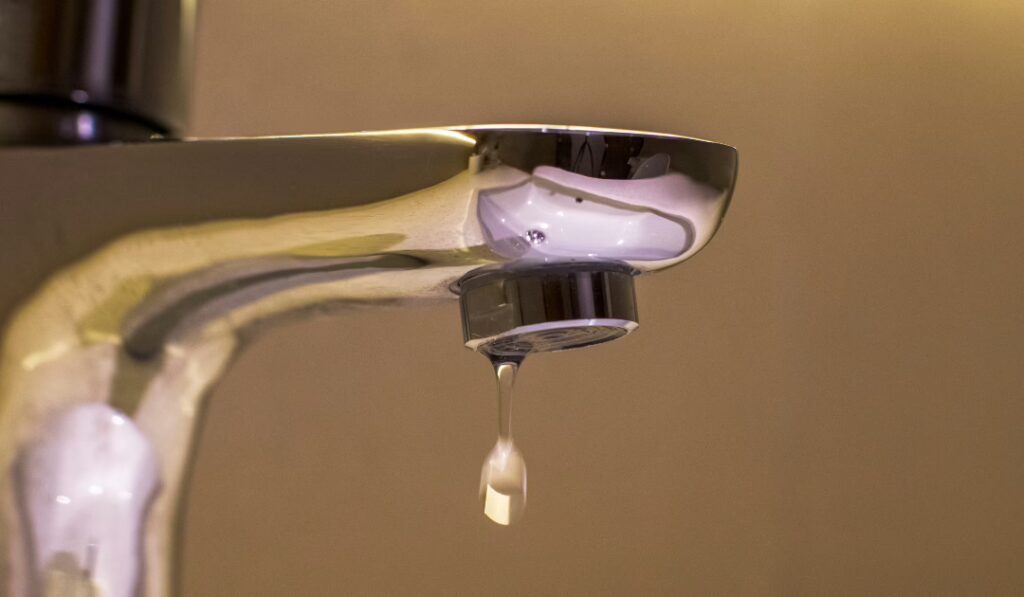The mighty and majestic state of Colorado is home to some 2,000 natural lakes, 9,000 miles of rivers, and hundreds of smaller, winding streams. While many of these bodies of water are public and utilized to fulfill the needs and interests of The Centennial State’s residents, not everyone has a legitimate claim to their supply.
Water rights policies are decided on a state-by-state basis and, in Colorado, they work quite differently than in many other regions across the US. Colorado is one of 19 states that employ a priority-based approach—generally referred to as a Prior Appropriation System—to decide who has rights to which sources, how much water they can use, what they can use it for, and when they can take it.
Let’s open the taps on this Prior Appropriation System to see how it works on a practical level. Then, we’ll discuss how the Fort Collins-Loveland Water District (FCLWD) sources our water and efficiently distributes it to our customers
How Does Prior Appropriation Work in Colorado?
Prior Appropriation is often called a First in Time, First in Right system. This means that the first person to physically take water from a stream or underground aquifer and apply it to beneficial use (such as irrigation or residential supply) retains first rights to that water source.
After applying to the appropriate Colorado water court (of which there are seven—one for each major stream basin in the state), the original appropriator can get a decree verifying their priority status. When the decree is approved, it determines the point in time that the water was determined to be put to beneficial use. From that point forward, additional parties can continue to apply for rights to that water source to the extent that additional water is available.
These rights then follow the First in Time, First in Right system, meaning the earlier you obtain rights, the more “senior” your rights are to those who obtain rights after you, generally called junior water rights. However, your rights may still be “junior” to all rights obtained before you. In this system, water is allocated to the most senior rights holders first and then in order of the date of appropriation down to the most junior. Senior water holders’ needs must be fully met before anyone else can divert a drop of their supply. We have included a basic illustration of a simplified version of this process.
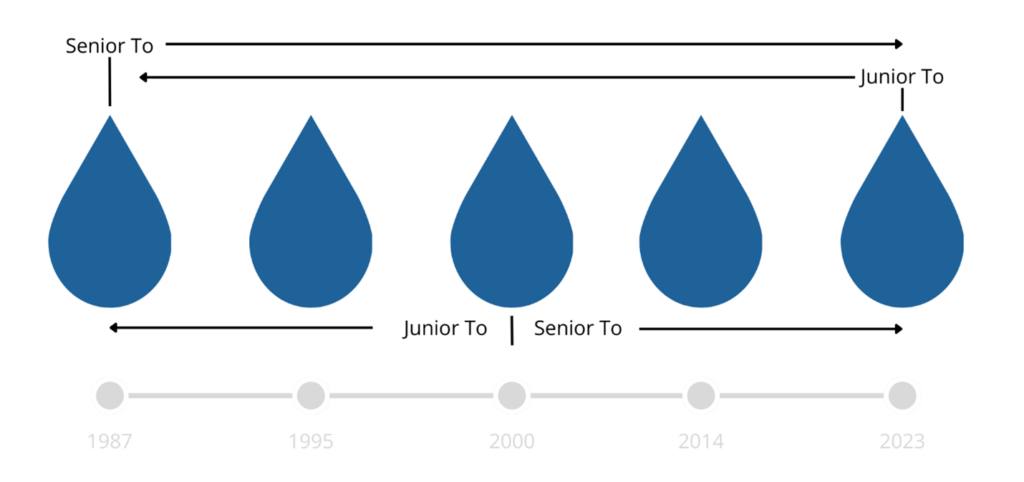
There are a few extenuating circumstances in which the senior water rights holder’s claim may be superseded by other claimants, however, they are incredibly rare. In general, if a senior water right holder consistently puts their source to beneficial use, they maintain their legitimate claim to it indefinitely.
Where Does the District Get Our Water?
In order to maintain a sustainable supply to meet all our customers’ needs and avoid shortages, FCLWD acquires our water from a diverse portfolio of sources. Currently, we’re getting water from these main sources:
- The North Poudre Irrigation Company
- Divide Canal and Reservoir Company
- The Laramie-Poudre Tunnel
- The Colorado-Big Thompson (C-BT) Project
It’s through the final entry on this list—the C-BT project—that we secure the majority of our supply. The Horsetooth Reservoir, a part of the C-BT project, is the primary storage location for the water we distribute to our customers, and it is right next to the Soldier Canyon Water Treatment Plant which treats our drinking water.
Every year, however, Northern Water (the operator of the C-BT project) issues quotas for how much water the allottees in the C-BT Project, like FCLWD, can use. A variety of factors affect how much we can secure from this primary source, including:
- Rainfall levels and drought conditions in the state—which are looking fairly favorable for 2024
- How much runoff from melting snowpack and rainfall makes its way into the Upper Colorado River Basin and the Poudre River Basin.
- Water storage levels in the reservoirs located in the Poudre River Basin.
- Soil moisture and hydrologic conditions within the Northern Water service area
Our water resources staff recently updated our Drought and Supply Plan and found that FCLWD’s water supplies are the most sensitive to changes in the C-BT quota. As a result, we developed a projection and evaluation system outlining steps our team will take depending on different thresholds to meet two key levels of service goals:
- Sufficient water supplies so there is no restriction on tap sales
- A water supply that can meet unrestricted customer demand (i.e. no water restrictions) while ending the water year with completely full storage.
Regardless of how much we are allocated in the quota from Northern Water however, FCLWD strives to adequately supply our customers. Through our diversification efforts, not only have we been able to avoid shortages, but we’ve routinely had excess water on hand to rent for agricultural uses.
Learn More About Colorado Water Rights and FCLWD’s Supply
Water is the most essential of natural resources, and we encourage everyone to learn more about its acquisition, treatment, and distribution. Your regional water court is a solid place to start your deep dive into the specifics of local water rights—it’s also where you can make a claim to a source in your area. Colorado’s Judicial Branch has a list of water courts alongside other resources explaining the intricacies of water laws in Colorado.
If you have specific questions about the FCLWD, how we secure our supply, or the state of water rights in Northern Colorado, we’re happy to help. You can use our online contact form to get in touch with us or direct any general inquiries to FrontDesk@FCLWD.com.
At the end of the day, the District is committed to legally and ethically acquiring and supplying sustainable, reliable, clean water for our Northern Colorado community. While distribution is one of our main goals, so are education and conservation. For more on water rights and responsible use, read our blog and sign up for our newsletter by adding your email address to your FCLWD account.
Sources:
Colorado Parks and Wildlife. 11 Things You Didn’t Know About Colorado’s Fisheries. https://cpw.state.co.us/learn/Pages/11-Fishery-Facts.aspx
Colorado Division of Water Resources. Water Rights. https://dwr.colorado.gov/services/water-administration/water-rights
U.S. Drought Monitor. Colorado. https://droughtmonitor.unl.edu/CurrentMap/StateDroughtMonitor.aspx?CO
 Skip to content
Skip to content
